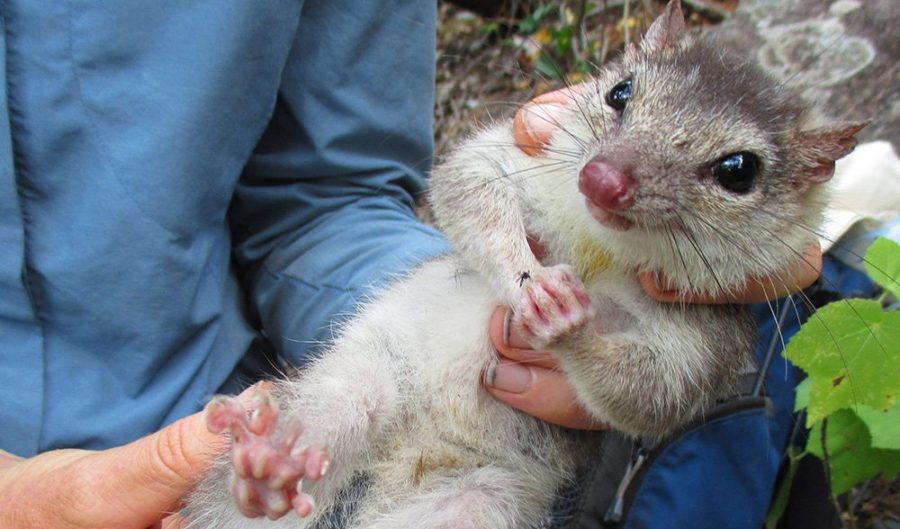New populations of endangered species found

NEW POPULATIONS OF threatened species, including mammals, have been found off the Kimberley coast.
Scientists from Western Australia’s Department of Parks and Wildlife worked alongside Balanggarra rangers in May this year to conduct an 18-day wildlife survey across Lacrosse Island, Buckle Head and on a remote mainland site adjacent to the islands off the WA coast.
Evidence of Kimberley species arcs
Some of the more significant findings included evidence of the slender blue tongue skink, scaly-tailed possum, threatened golden-backed tree rat and endangered northern quoll.
“New populations are always highly significant in terms of conservation,” says Dr Lesley Gibson, principle research scientist for the Department of Parks and Wildlife.
“Most of the islands are potential sanctuaries – they may be safe havens from the threatening processes on the mainland.”

Golden-backed tree rat (credit: Norm McKenzie)
Northern quoll population found
For species like the northern quoll, the increasing spread of the cane toad is becoming a significant factor in dramatic population declines , Lesley says. Like many native Australian species, northern quolls eat cane toads and suffer a lethal dose of poison for their efforts.
“The islands provide a refuge for the northern quoll,” says Lesley. “The population on Bucklehead looks quite healthy.”
The team and all their gear were transported onto the islands via helicopter. They used 20 remote sensing cameras and a variety of traps to document the biodiversity of the islands – a task never before undertaken.
Their findings will contribute to the efforts of the $81.5 million Kimberley Science and Conservation Strategy, released in 2011. The Strategy is an initiative by the State Government to invest in the conservation of the Kimberley’s natural and cultural assets, increase employment in indigenous communities and promote tourism to the region.

